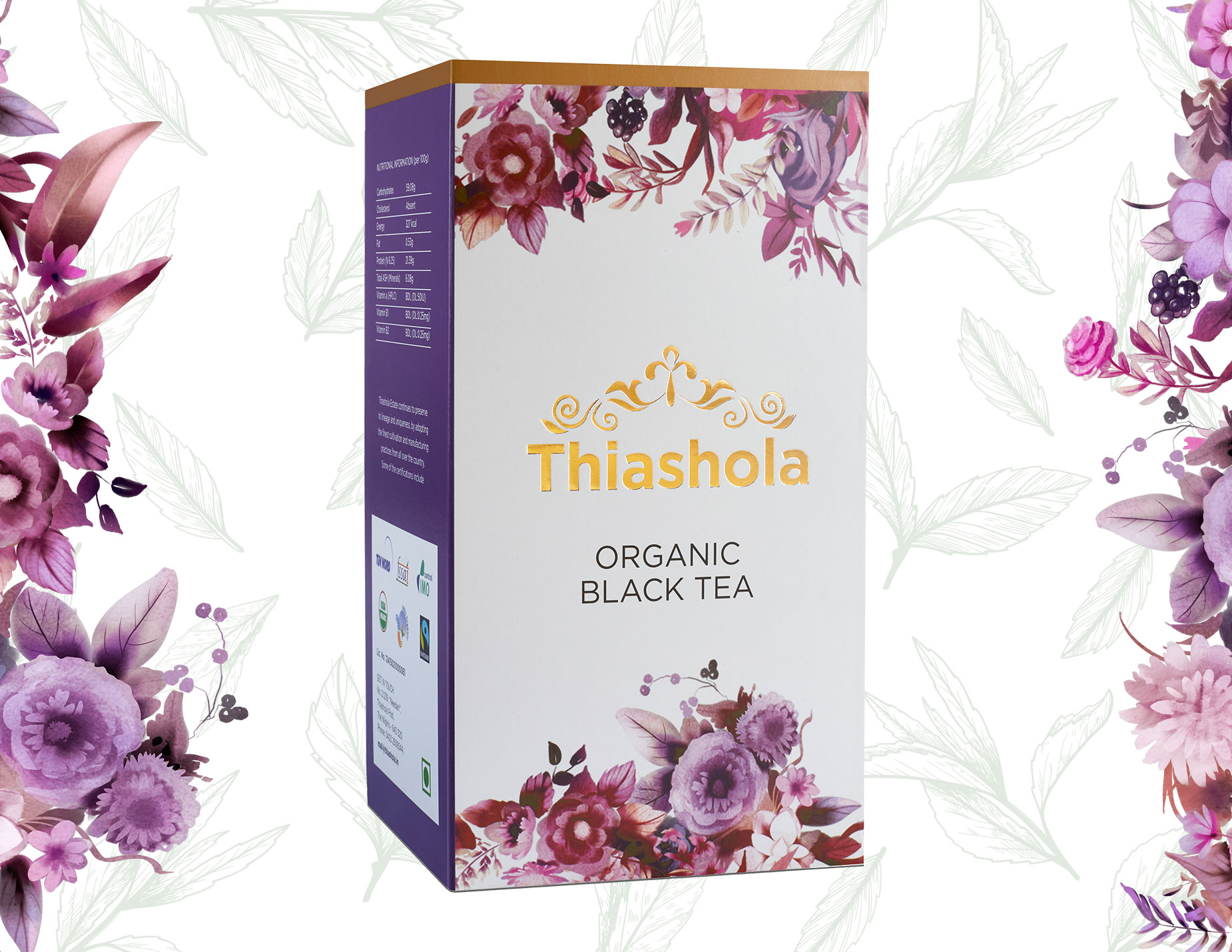Reacquaint Yourself with Black Tea.
TeaDid you know that black tea was discovered by pure accident? Today, it is one of the staples of even the most casual tea drinker, and it is hard to imagine life without a bracing cup in the evenings! Delving into history’s happy accident: an army from Jianxi entered the Wuyi Mountains in Fujian, China and camped at a nearby tea factory. The farmers there had no time to process the plucked tea leaves due to this unexpected visit, and inadvertently left the tea leaves out in the sun for longer than usual! This turned them into a dark red colour. The farmers tried to salvage the “error” by placing the leaves over a fire of pine wood resulting in a deep, smoky flavoured tea. And so black tea was born!! Today, the black tea from this region is called ‘Lapsang Souchong’.
“Reacquaint Yourself with Black Tea”
Black tea made its way westwards and became popular among the British aristocrats through the efforts of Queen Catherine of Braganza, who brought her tea-drinking habit from her home Portuguese court. Back in those days, tea was prohibitively expensive to import and therefore, was mainly consumed in high society. Once it caught on, though, tea drinking became a permanent fixture in British households, and also around the world!
Black tea is different from green tea mainly on account of the fermentation/oxidation process it undergoes before the high heat processing. The longer exposure of the essential oils to air creates changes in flavour, aroma, and colour. There are many varieties of black teas. As a versatile full bodied flavouring, it is matched with many fruits, flowers, and spices. But some of the more popular flavored black tea blends are the Earl Grey (which incorporates infusions of bergamot essential oil or citrus flavors), Masala Chai (which works with a blend of spices) and single origin teas like the Assam black tea, Darjeeling black tea, Nilgiri black tea, Ceylon black tea, Keemun black tea, Yunnan black tea and the Kenyan black tea.




